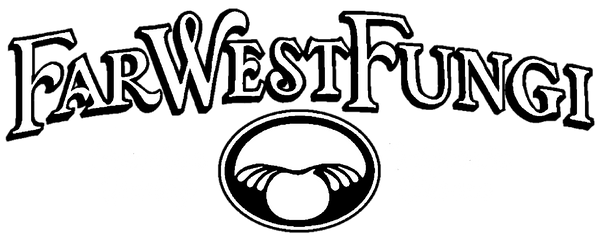Turkey Tail

It’s not hard to tell where these colorful little bracket fungi got their name. Banded with multi-colored stripes ranging from blue to green to yellow, red, and orange, they bear a gaudy similarity to the spread of a turkey’s tail feathers. Though they may be too tough and woody to eat, this little mushroom is of huge importance. Of all the mushrooms used for their medicinal properties, more research has been conducted on Turkey Tail than any other fungi. The particular beta glucans found in Turkey Tails are referred to as Polysaccharide-K, or PSK. This compound, when isolated, has demonstrated abilities to trigger significant immune responses against cancer.
PSK has been used in the Japanese pharmaceutical industry since the 1970s as a treatment for cancer, and by 1987 it accounted for 25.2 percent of the total national expenditure for anticancer agents. It has not been approved by the US Food and Drug Administration, but extensive clinical trials show an increased five-year survival rate for patients taking Turkey Tail extract, over those taking chemotherapy alone. It has also been reported to increase the quality of life of those undergoing chemo, and has been shown to reduce symptoms of nausea, fatigue, and decreased appetite – all side effects of chemotherapy.
Turkey Tail extracts can also protect healthy cells, and discourage cancer from returning to cells damaged by free radicals introduced through radiation and chemotherapy. When used on a regular basis, Turkey Tail extract can potentially reduce the risks of some carcinogens, such as those in tobacco smoke. The most common ways to consume Turkey Tail are to take it as a tincture, or to brew an extract from the dried fruiting bodies. To get the most out of your extraction, simmer the mushrooms for at least two hours. The resulting broth can be refrigerated up to a week, or frozen up to 2 months. A recommended ratio of mushrooms to water is 1 oz of dried Turkey Tails to 10 oz of water (by weight, not volume), which should reduce by about half. A typical dose is ½ cup per day, though this can be doubled with no ill effects.
Fortunately, wild Turkey Tail grows ubiquitously across almost every continent (sorry, Antarctica). It is abundant and long-lived, often drying out for a season or two, and then springing back to life when rejuvenated by rain. You can find them on decaying stumps and logs of just about any tree except (rarely) conifers. There are a few bracket fungi that look similar to Turkey Tails, but fortunately none of them are toxic in any way. Even if you accidentally consume a false Turkey Tail, the worst that will happen is that you won’t get the full range of cancer fighting benefits that real Turkey Tail provides.
